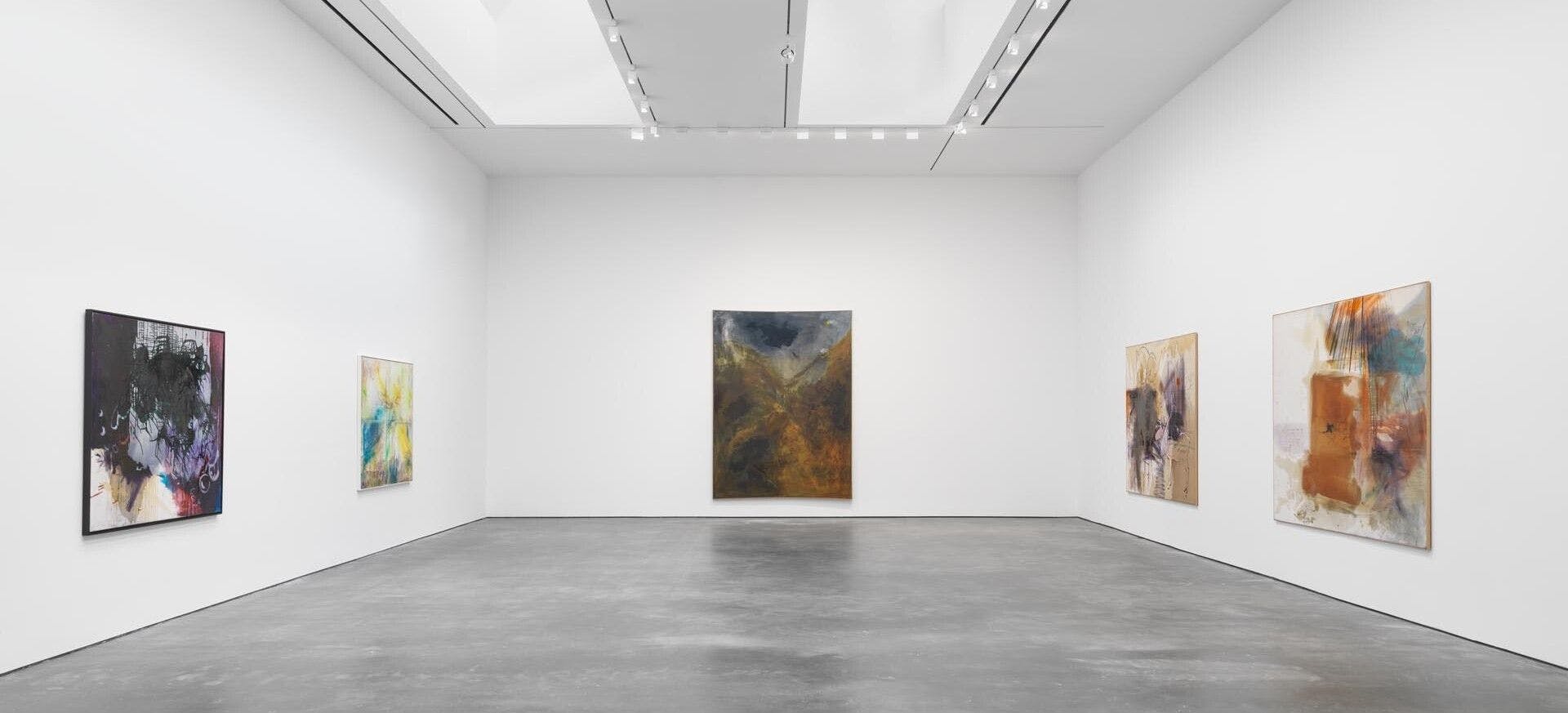Sigmar Polke
German artist Sigmar Polke (1941–2010) is widely recognized as one of the most innovative painters and multidisciplinary artists of the postwar era. Characterized by an experimental and inquisitive attitude, Polke's work engages unconventional and diverse materials and techniques and playfully defies social, political, and aesthetic conventions.
Learn MoreSurvey
Exhibitions

Explore Exhibitions
Artist News
Selected Titles
Request More Information